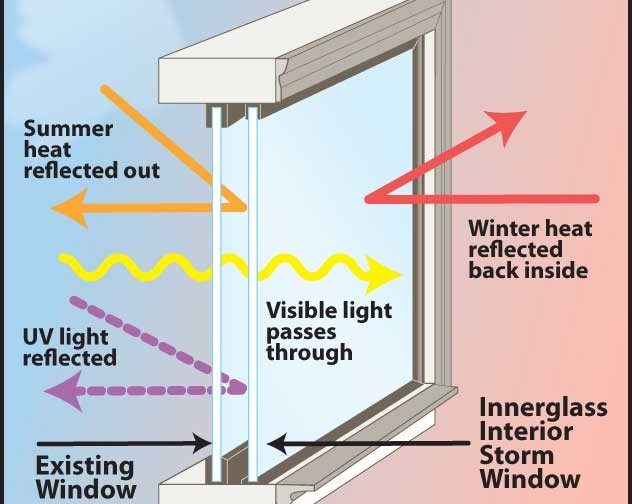All Categories
Featured
Table of Contents
What Are Double Glazed Windows? in Calista Perth
That window can transmit more solar heat in winter than in summertime. A west-facing window on a summer season's afternoon has an angle of incidence from near 0 as much as 30 with a large effective area of solar radiation. A north-facing window, in summertime, has a high angle of occurrence and a low effective area of solar radiation, so can transmit less heat than a west-facing one.

However you can rapidly and quickly improve the thermal efficiency of your house by replacing your windows. This is one of the most efficient methods of restoration to accomplish improved thermal convenience. There are countless types of glass and frames to pick from. Choosing the right ones is essential to enhancing the energy efficiency of your home.
Why Does Double Glazing Help To Keep Us Cool In Summer? in Bellevue Perth
Single glazing with clear glass is not extremely effective when it comes to heat loss or gain. To enhance efficiency, you can use single glazing with a more energy-efficient type of glass such as low emissivity (low-e) glass.
The energy performance of IGUs likewise depends on: the properties of each layer of glass. Various glass types (for example, clear and low-e glass) can be put together in an IGU.
Brisbane's Best Double Glazed Windows in Hamersley Western Australia

IGU cavities can be filled with air or a more inert, low-conductivity gas such as argon the width of the cavity. Broader cavities provide lower (better) U values, with 12mm typically accepted as the favored gap how well the cavity is sealed.
If argon is installed to the cavity in place of air, wetness is dependably left out the level of desiccant (drying representative). The spacer (metal or polymer strip) that separates the glass layers includes a desiccant to take in any wetness. Inadequate desiccant may trigger moisture to condense on the glass surface in cold conditions, reducing thermal efficiency.
The Best Double Glazing Companies In Canberra in Innaloo WA
In reality, IGUs can deliver better energy efficiency for all climates, especially in heated and air-conditioned homes. Cross-section detail of single, double and triple-glazing systems Low emissivity glass (frequently referred to as low-e glass) minimizes heat transfer. Low-e glass might be either high or low transmission: High transmission low-e glass has a finishing that permits daytime from the sun to enter your house to accomplish great solar heat gain, but minimizes the quantity of the long wavelength infrared heat that can get away back through the window.
Low-e glass has either a pyrolytic finishing or a vacuum-deposited thin film metal covering. Pyrolytic coatings are long lasting and can be used for any glazing; vacuum-deposited finishes are soft and are only utilized within IGUs. Low-e coatings can considerably improve both U worth and SHGC; however, they must be used correctly or they will either deteriorate or stop working to carry out as required.
4 Benefits Of Double Glazed Windows In The Summer in Mount Pleasant Perth
Low-e coatings can be used in combination with clear, toned or reflective glass. Low-e coatings on glazing can lower heat transfer where needed Picture: Department of Industry, Science, Energy and Resources Toned glass has colouring additives consisted of during manufacture. It is offered in different colours, usually bronze, grey, blue and green.
Table of Contents
Latest Posts
Does Double Glazing Keep Heat Out in South Fremantle Perth
Which Double Glazed Windows Are Best For Summer? in Kalamunda WA
Why Install Stunning Double Glazing Windows During Summer? in Hamilton Hill Perth
More
Latest Posts
Does Double Glazing Keep Heat Out in South Fremantle Perth
Which Double Glazed Windows Are Best For Summer? in Kalamunda WA
Why Install Stunning Double Glazing Windows During Summer? in Hamilton Hill Perth